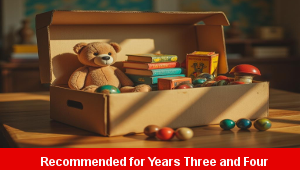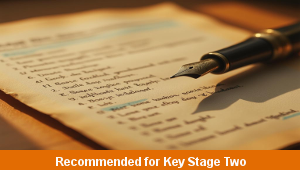Lesson Two – Sentence Commas

This English teaching pack for Key Stage Two gets the children to practise using commas to punctuate different slogans and catchphrases about a range of environmental issues to indicate their impact on affected groups.
The class can compose and present sentences outlining discussion viewpoints about some new recycling bins that are being provided to families in the local area.
Download this teaching pack including a lesson plan, classroom activities and an interactive presentation to practise using commas to punctuate different slogans and catchphrases about a range of environmental issues to indicate their impact on affected groups
Activities in this teaching pack include a shared reading text to identify and explain how to present arguments for or against an environmental issue in a discussion text and a set of differentiated worksheets to practise using commas to punctuate different slogans and catchphrases about some new recycling bins.
The interactive presentation gets the children to explore how to use commas to punctuate different slogans and catchphrases about a range of environmental issues.
This lesson is part of an English scheme of work to get the children to investigate opposing viewpoints as presented in the media about environmental issues, explore spellings of words with cial endings and practise punctuating sentences using commas. The class can outline arguments for and against building a wind turbine. There are teaching activities for shared learning, differentiated worksheets to support independent learning and interactive presentations to introduce concepts and key skills.
-

Length Calculations
Practise using number calculations skills for addition, subtraction, division and multiplication when solving problems related to length measurements
-

Maths Calculations Assessment
Assess abilities in solving a range of different number problems for addition and subtraction when working with informal and formal written calculations
-

Determinant Lists
Explain and model how to make lists of objects used and found in different locations to match the correct determinants of a and an
-

English SPAG Assessment
Assess abilities in composing sentences for fiction and non-fiction using the correct spellings, punctuation marks and grammar vocabulary phrases
